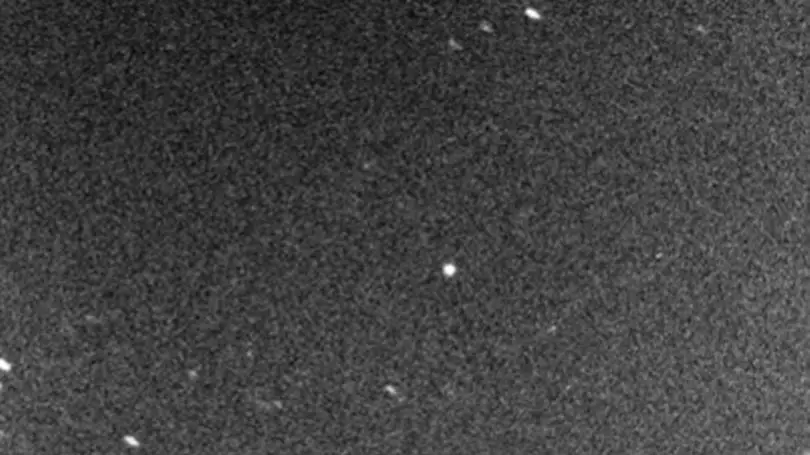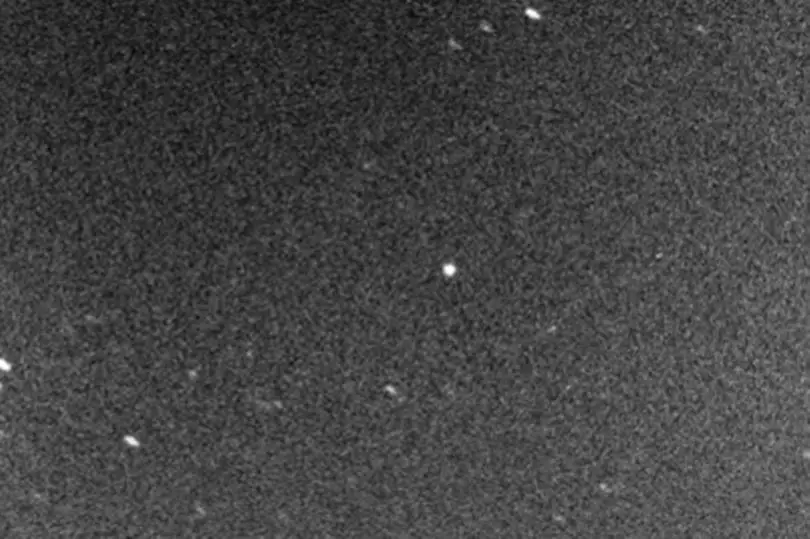
Incredible photos have captured an extraordinary flypast, but it wasn't the old warplanes paying tribute to Captain Tom Moore, it was a giant asteroid hurtling past the earth at mind-boggling speed.
While most of us were getting ready to go to sleep last night, a huge space rock whizzed past our home planet in fairly close proximity.
Of course, we're talking space here, so 'close proximity' is actually about 3.9m miles away. We're not quite at 'send Bruce Willis up there to sort it out' levels of concern yet.
The asteroid, which is catchily known as 52768 (1998 OR2) made a close approach past the earth at about 10:56PM (BST) yesterday evening.

It's pretty huge, too. In fact, at between 1.8km and 4.1km in diameter, it could even be as much as five times as big as the Burj Khalifa - the world's tallest building.
If that came any closer, we'd know about it. That's for sure.
The whole event was streamed live online by the scientists over at the Virtual Telescope Project in Rome, and they showed the moment the giant celestial stone piled past our planet.
Gian Masi, who was the host of the live-stream, said: "We know where the asteroid is because we know its orbit. And this same orbit makes it possible for us to say 'it will not hit us.'"
Well, that's reassuring at least, thanks Gian.
Whilst the telescope footage isn't exactly the highest quality footage, you can clearly make out the asteroid heading through a starry sky.

Even though this particular asteroid isn't going to bring about the end of days any time soon, that's not something that NASA has ruled out in the future.
Obviously, it would be pretty short sighted given the vastness of the universe and the sheer amount of stuff floating about out there.
NASA discovers around 30 new Near Earth Objects (NEOs) each week and has cast its eye over more than 19,000 objects since the start of 2019.
But, no matter how hard they try, they can't possibly spot all of them, meaning that an unexpected impact can't be ruled out.

NASA explained: "Experts estimate that an impact of an object the size of the one that exploded over Chelyabinsk, Russia, in 2013 - approximately 55 feet (17 meters) in size - takes place once or twice a century.
"Impacts of larger objects are expected to be far less frequent (on the scale of centuries to millennia).
"However, given the current incompleteness of the NEO catalogue, an unpredicted impact - such as the Chelyabinsk event - could occur at any time."
So that's something to look forward to, isn't it?
Featured Image Credit: Gian MasiTopics: Science, World News, Interesting, Technology